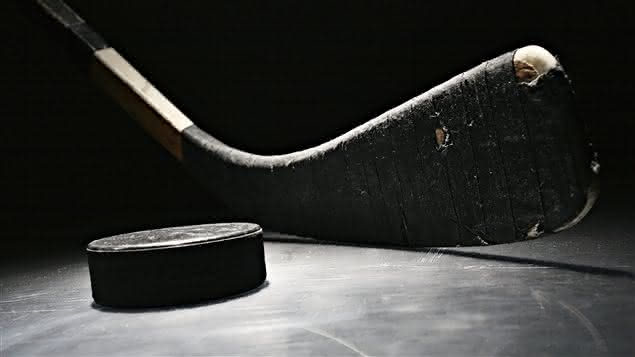Hockey Injuries and Treatment

Hockey is a fast sport that involves speed and power which makes hockey players prone to injuries. These common hockey injuries can often be prevented with a variety of hockey braces.
Concussion - Athletes can suffer a concussion without even getting "knocked out" (loss of consciousness). Signs and symptoms can include "not feeling right" and headache. Players, coaches, and parents need to be on the llokout for these typical symptoms and signs. If a player experiencing any symptoms or displays signs of a concussion, then they should not return to play and should be evaluated by a medical professional.
Shoulder Injuries - The most common shoulder injuries in hockey include a shoulder separation and a broken collarbone. Direct contact with the shoulder by another player, the boards, or the ice can cause these injuries. Treatment can include a sling, rest and in serious cases surgery.
Elbow Injuries - The end of the elbow is frequently injured by direct contact, which can result in inflammation called bursitis. Thickening and scarring of the tissue of the bursal sac can cause recurring inflammation. The best way to prevent this injury is to wear elbow pads that fit snug and have an opening for the elbow, plenty of padding, and a plastic protective outer shell.
Wrist Injuries - Falling on anoutstretched arm or making contact with the ice rink's boards can force the wrist up or down and may cause a wrist fracture. Using the forearms instead of the hands to brace themselves against the boards can reduce the chances of suffering an injury to the wrist joint.
Back Injuries - Hockey players are at risk for low-back injuries because they maintain stay down in a flexed, forward posture when skating followed by hyperextension backward stress in a backward direction. Common injuries to the back include low-back pain and/or a pulled back muscle. Stretching the back muscles and the hip flexors, in addition to strengthening the back and abdominal muscles, can help reduce back injuries.
Hip Injuries - Injuries to the hip joint and groin muscles are can result because the skating stride places high strain on this area of the body. Common injuries include a groin strain and a hip flexor strain. Hockey players can strengthen these areas during the off-season and stretch before and after practice to prevent these injuries. Direct blows to the hip can cause a hip pointer also known as trochanteric bursitis. Wearing hockey pants that have reinforced padding over vulnerable areas can provide needed protection.
Knee Injuries - Contact and non-contact knee injuries can happen. The ACL and MCL ligaments along with the meniscus are are especially at risk for sustaining an injury. Hockey knee brace products with aluminum hinges and carbon fiber frames can provide the knee with added protection and help prevent future knee injuries.